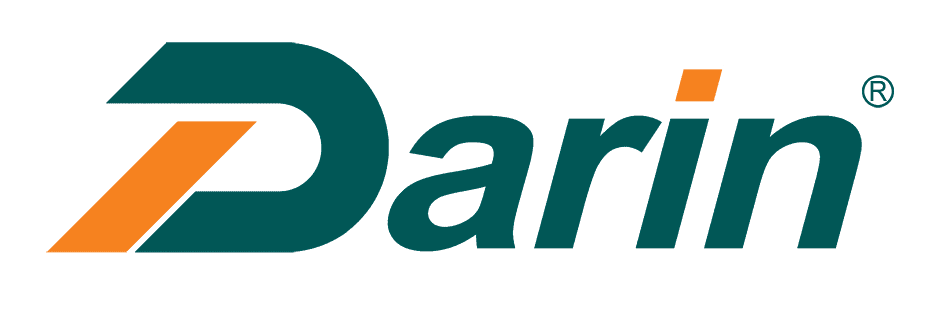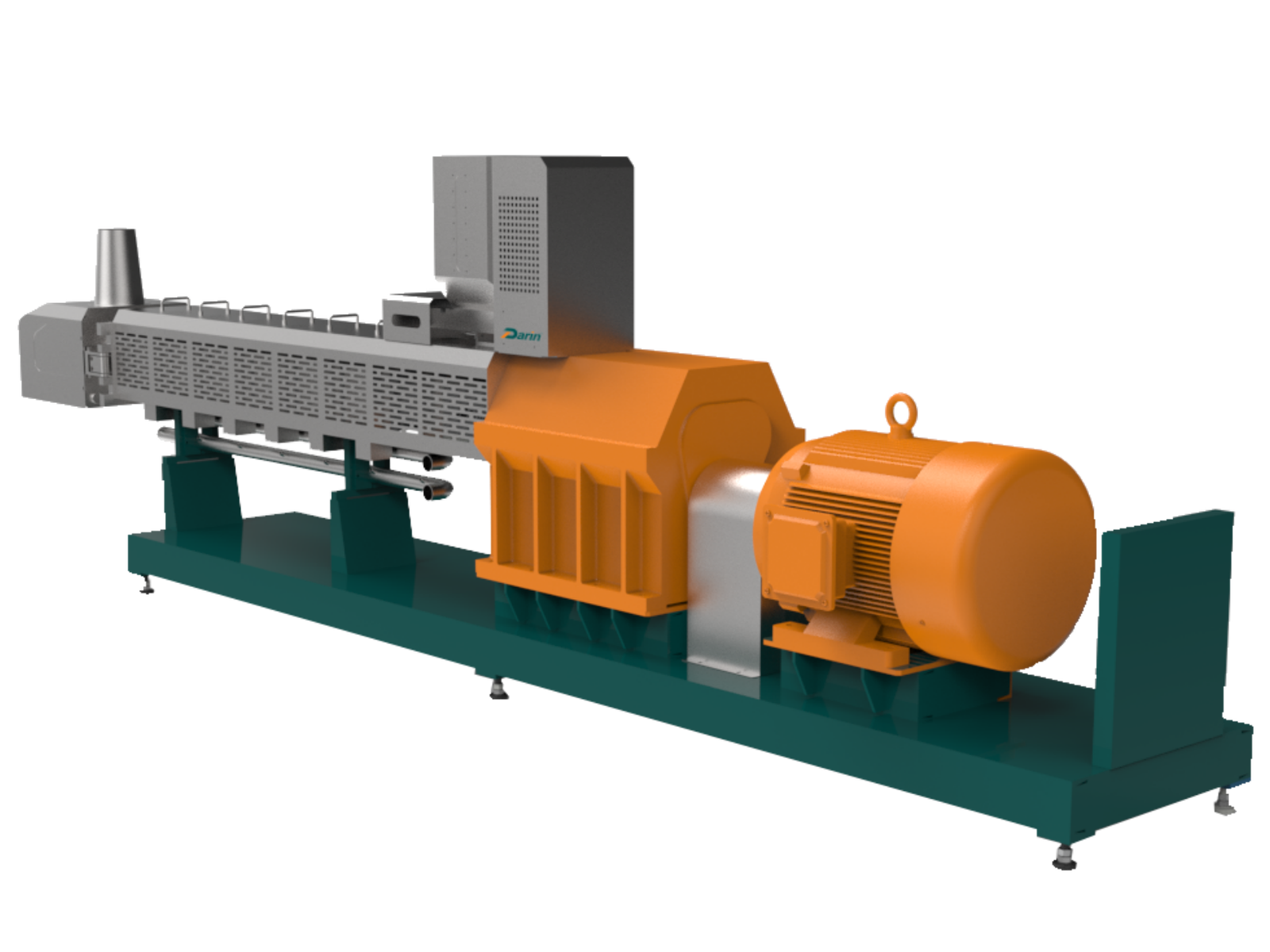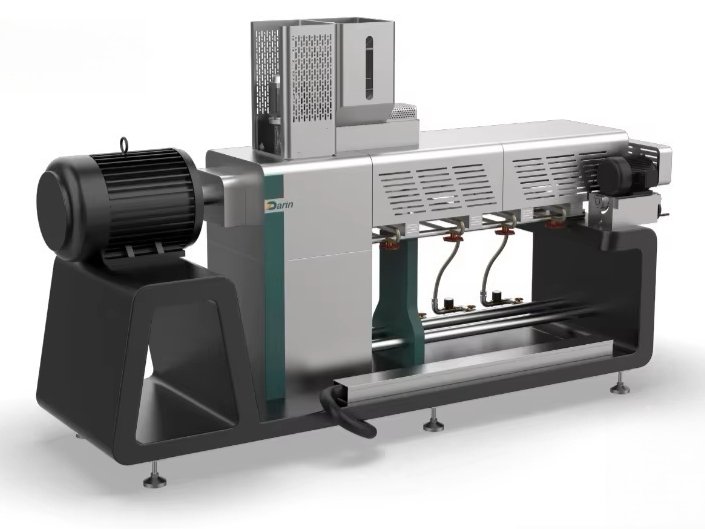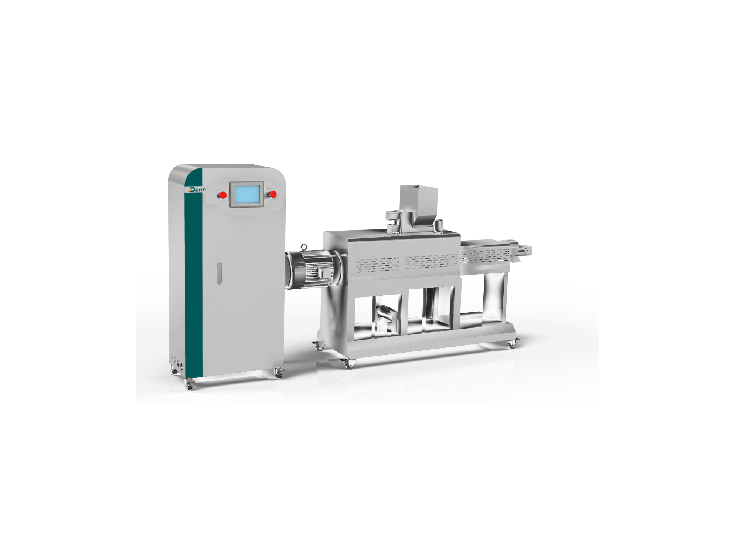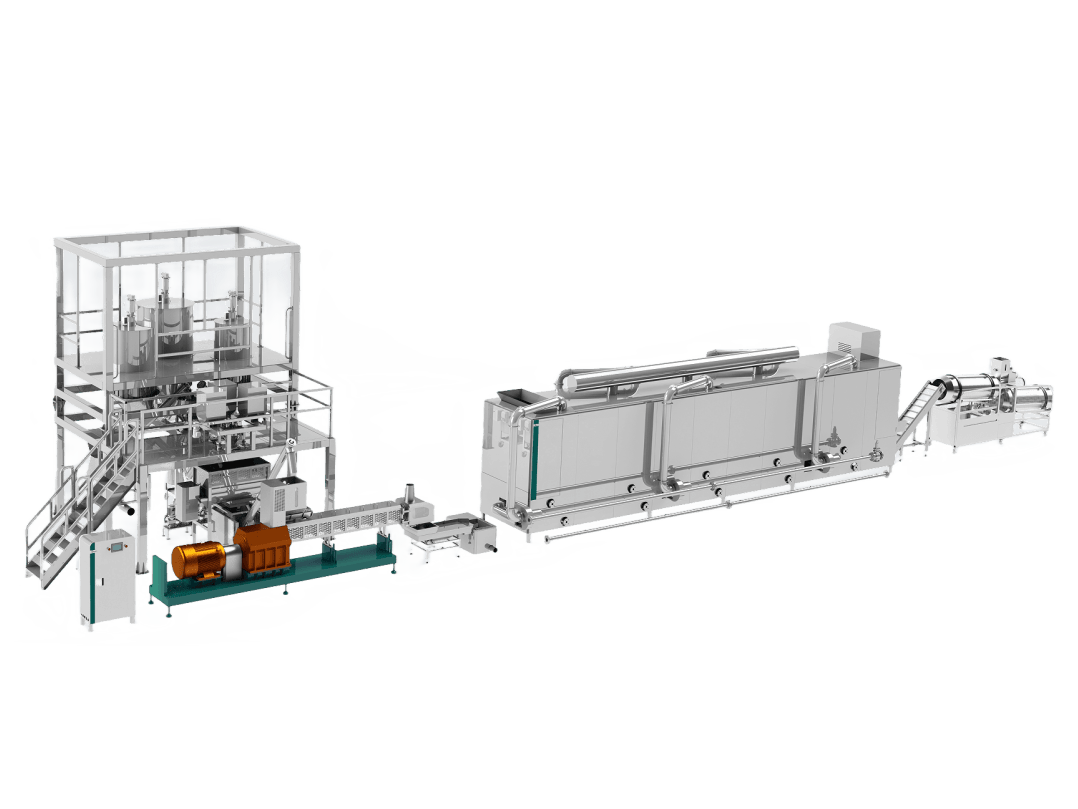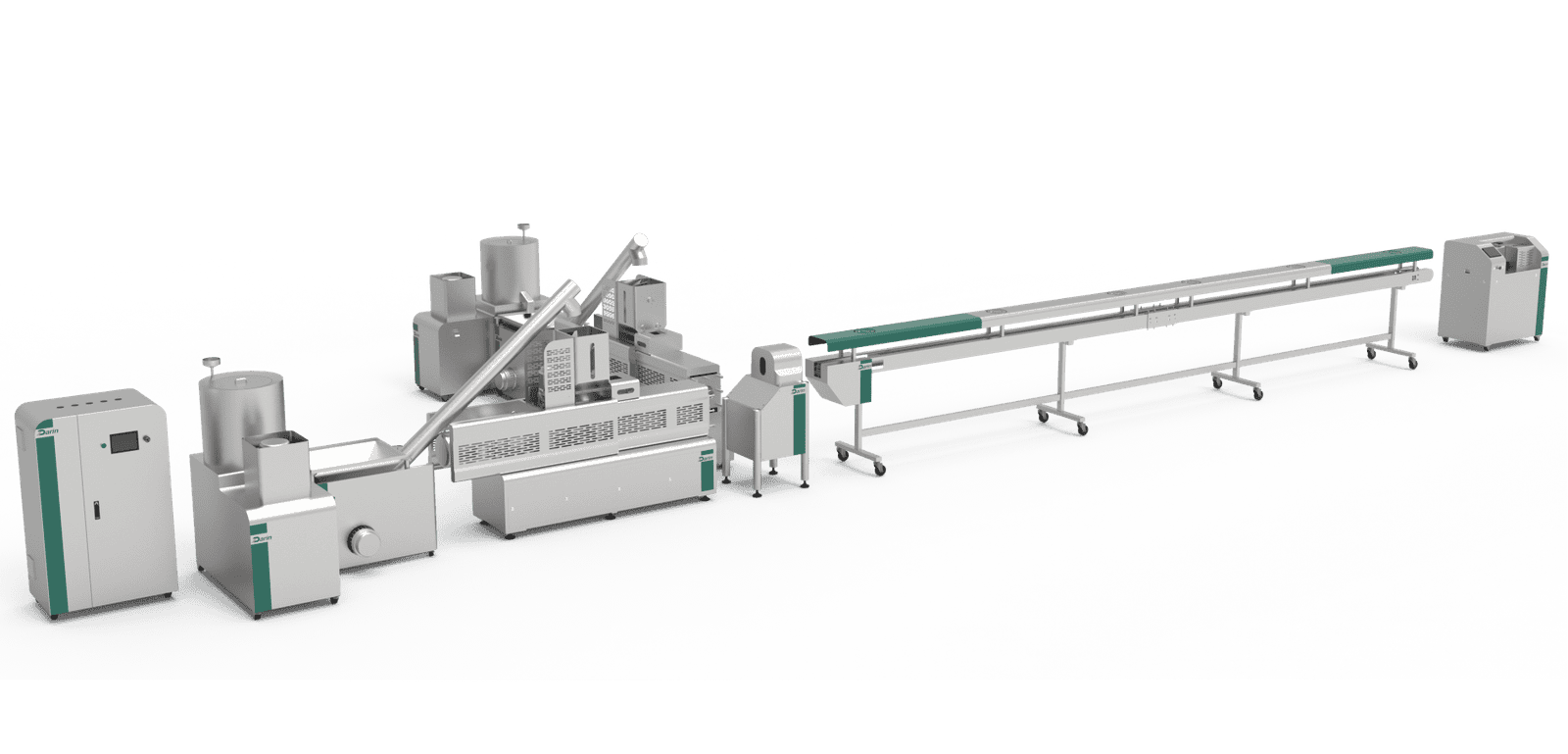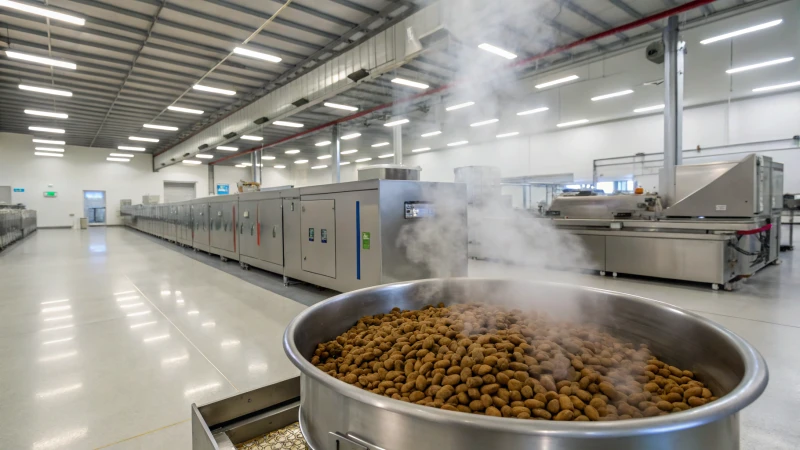
The pet food industry operates within a complex global framework where profitability is influenced by factors such as raw material costs, regional demand, trade policies, and regulatory environments. Understanding how profit margins vary across different markets can help manufacturers, retailers, and investors make informed decisions about pricing, production, and expansion strategies.
Pet food profit margins vary significantly across global markets due to differences in ingredient costs, labor expenses, consumer demand, taxation, tariffs, and regulatory requirements. Developed markets, such as North America and Western Europe, typically have higher profit margins due to premium product demand, while emerging markets in Asia, Latin America, and Africa face cost constraints and competitive pricing pressures. To optimize profitability, businesses must adapt to local economic conditions, trade policies, and consumer preferences.
For companies in the pet food industry, assessing regional profitability trends is crucial for making strategic market entry and pricing decisions. Below, we explore the key factors affecting pet food profit margins across different regions.
1. Factors Influencing Global Pet Food Profit Margins
Profit margins in the pet food industry are affected by a combination of supply-side and demand-side factors. The key elements influencing profitability include:
Supply-Side Factors
- Raw Material Costs: Prices for ingredients such as meat, grains, and vitamins vary by region due to supply chain logistics, tariffs, and local availability.
- İşçilik Maliyetleri: Higher labor expenses in developed markets lead to increased production costs.
- Manufacturing & Distribution: Logistics costs, including shipping and warehousing, significantly affect margins.
- Tariffs & Trade Policies: Import/export duties and trade regulations impact landed costs.
Demand-Side Factors
- Consumer Preferences: Demand for premium, organic, or specialized pet food allows for higher pricing in some regions.
- Economic Conditions: Disposable income levels influence spending on pet food, affecting market segmentation.
- Competitive Landscape: The presence of local and international brands affects pricing strategies.
Regional Profit Margin Comparisons
The table below compares average pet food profit margins across key global markets.
| Bölge | Average Gross Profit Margin (%) | Average Net Profit Margin (%) | Key Profitability Factors |
|---|---|---|---|
| North America (US, Canada) | 35% - 50% | 10% - 18% | Strong demand for premium and organic pet food, higher production costs |
| Western Europe | 30% - 45% | 8% - 15% | Strict regulations, premium segment growth |
| Çin | 25% - 40% | 5% - 12% | Rapid industry growth, high competition, tariff impact on imports |
| Güneydoğu Asya | 20% - 35% | 4% - 10% | Rising pet ownership, price-sensitive consumers |
| Latin Amerika | 15% - 30% | 3% - 8% | Import taxes, currency fluctuations, lower disposable income |
| Middle East & Africa | 10% - 25% | 2% - 7% | Limited premium market, high import dependency |
2. Pet Food Pricing and Cost Structure by Region
Breakdown of Cost Components in Pet Food Pricing
Pet food pricing is determined by a combination of ingredient costs, processing expenses, packaging, and distribution. Below is an illustrative breakdown of costs in different regions.
| Maliyet Bileşeni | North America (% of Retail Price) | Europe (% of Retail Price) | Asia (% of Retail Price) | Latin America (% of Retail Price) |
|---|---|---|---|---|
| Hammaddeler | 30% - 40% | 35% - 45% | 40% - 50% | 45% - 55% |
| Üretim | 10% - 15% | 10% - 20% | 15% - 25% | 15% - 30% |
| Paketleme | 5% - 10% | 5% - 10% | 5% - 12% | 5% - 15% |
| Dağıtım | 15% - 20% | 10% - 15% | 10% - 20% | 10% - 25% |
| Marketing & Retail Margins | 20% - 30% | 15% - 25% | 10% - 20% | 10% - 20% |
| Net Profit | 10% - 18% | 8% - 15% | 5% - 12% | 3% - 8% |
Insights from the Cost Breakdown
- Raw materials are the largest cost driver, especially in markets reliant on imports.
- Manufacturing is more expensive in regions with higher labor and energy costs.
- Distribution costs are higher in geographically dispersed and infrastructure-challenged markets.
- Marketing and retail margins vary based on brand positioning and market competition.
3. Regional Trends and Profitability Challenges
North America: High Profit Margins Due to Premium Pet Food Demand
- Ana Trendler: Consumers prioritize high-quality, organic, and grain-free pet food.
- Zorluklar: Rising production costs due to inflation, ingredient price volatility.
- Opportunities: Direct-to-consumer (DTC) models and subscription services offer better margins.
Europe: Stringent Regulations Affect Costs
- Ana Trendler: Increasing demand for sustainable and ethical pet food.
- Zorluklar: Compliance with EU food safety laws increases costs.
- Opportunities: High consumer spending on premium pet food supports profitability.
China: Growth in Premium Pet Food with Regulatory Barriers
- Ana Trendler: Increasing demand for imported and high-quality pet food.
- Zorluklar: High tariffs and regulatory hurdles for foreign brands.
- Opportunities: Local manufacturing can reduce costs and improve margins.
Southeast Asia: Growing Market with Competitive Pricing Pressures
- Ana Trendler: Pet ownership is rising, but consumers remain price-sensitive.
- Zorluklar: Strong competition from local brands and import costs.
- Opportunities: Localized manufacturing and brand differentiation strategies.
Latin America: High Import Costs and Currency Fluctuations
- Ana Trendler: Expanding middle class and increasing pet ownership.
- Zorluklar: Economic instability and high inflation impact affordability.
- Opportunities: Partnerships with regional suppliers can lower costs.
Middle East & Africa: Limited Market with Growth Potential
- Ana Trendler: Gradual rise in pet ownership in urban centers.
- Zorluklar: Import dependency and high tariffs limit profitability.
- Opportunities: Establishing regional production facilities can improve margins.
4. Strategies to Improve Pet Food Profit Margins
Cost Reduction Strategies
- Ingredient Sourcing Optimization: Partnering with local suppliers reduces import dependency.
- Manufacturing Efficiency: Automation and improved production processes lower costs.
- Packaging Innovations: Sustainable and cost-effective packaging improves margins.
Revenue-Boosting Strategies
- Premium Product Lines: High-end and specialty pet foods yield higher margins.
- Direct-to-Consumer Sales: Online channels reduce retail markups.
- Subscription Models: Recurring revenue models enhance profitability.
Trade and Taxation Considerations
- Leveraging Free Trade Agreements (FTAs): Access to tariff-free raw materials improves cost efficiency.
- Negotiating Better Shipping Contracts: Lower freight rates reduce distribution expenses.
5. Future Outlook for Pet Food Profit Margins
The global pet food industry is expected to continue growing, with profit margins evolving due to economic conditions, trade policies, and consumer trends. Key drivers of future profitability include:
- Increased Demand for Sustainable and Organic Pet Food
- Technology-Driven Cost Reduction in Manufacturing
- Expansion of Direct-to-Consumer Sales Channels
- Stronger Regional Supply Chains to Reduce Import Dependency
Sonuç
Pet food profit margins vary significantly by region due to factors such as production costs, tariffs, consumer demand, and competitive pressures. While North America and Europe enjoy higher margins due to premium product demand, emerging markets in Asia, Latin America, and Africa face challenges related to costs and pricing sensitivity. To maximize profitability, businesses must adopt localized strategies, optimize supply chains, and leverage trade agreements.
Contact Us for Pet Food Business Insights
Want to expand your pet food business globally? Contact us today for expert consultation on cost management, market entry strategies, and pricing optimization!
